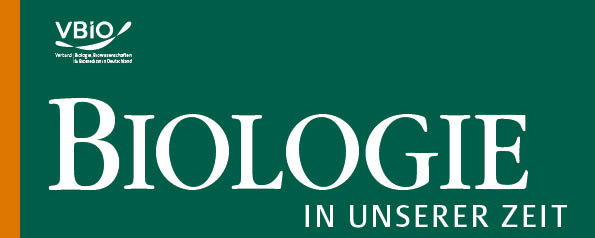Invasive neophytes in Germany
DOI:
https://doi.org/10.11576/biuz-5863Abstract
Among the intentionally introduced alien plants there are three very conspicuous invasive species that have occupied large areas for the last 15 to 20 years. These are the Himalayan Balsam (Impatiens glandulifera) and the giant hogweed (Heracleum mantegazzianum), which were once planted into nature as bee plants, as well as two knotweed species: (Fallopia japonica and F. sacchalinensis). These knotweed species – originating from very different habitats – have already developed hybrid plants that spread even better in their new environment than their parent plants. Impatiens and the Fallopia species prefer growing on so-called disturbed areas – areas cleared by humans for road building, canal construction and earthmoving of all kinds. That is why they are important pioneer plants in secondary succession. Hogweed is dangerous because of its photosensitizing ingredients and therefore, it should not be tolerated close to schools, kindergartens and playgrounds. Contact with the plant can cause severe skin inflammation. On the other hand, these umbellifers – with their huge umbels containing tens of thousands of flowers – are an additional source of food for honey bees and other insects. The usefulness of removing neophytes should be examined in each individual case.

Downloads
Published
How to Cite
Issue
Section
License
Copyright (c) 2022 Susanne Bickel

This work is licensed under a Creative Commons Attribution-ShareAlike 4.0 International License.

